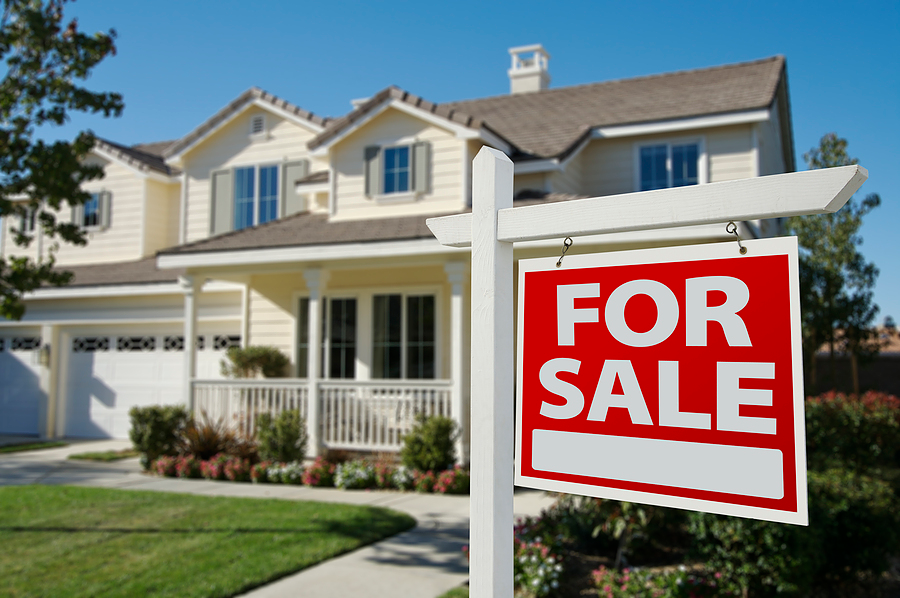Small Business
Access to Top-Quality Education Varies Depending on Local Home Values
When asked to compare their neighborhood's access to various resources with other areas, most people said they have above average access to basic public services like fire departments, hospitals and libraries. This held true regardless of the value of ...
Feb. 25, 2019

Access to public services like fire departments, hospitals and libraries is viewed as even across all types of neighborhoods, but there is a perceived divide in access to public transit and high-quality education, according to the Zillow Housing Aspirations Report.
The Zillow Housing Aspirations Report is a semiannual survey conducted by IPSOS of 10,000 homeowners and renters in 20 large metro areas across the country. It asks the respondents about their views on homeownership and their personal housing expectations.
When asked to compare their neighborhood’s access to various resources with other areas, most people said they have above average access to basic public services like fire departments, hospitals and libraries. This held true regardless of the value of homes in a given area.
Less than 40 percent of people who live in bottom-tieri neighborhoods say they have relatively good access to high-quality education. Nearly 70 percent of people living in top-tier neighborhoods said they have accessible high-quality education.
A Harvard research project has shown that where children from low-income families grow up can have a significant influence on their ability to move up the socioeconomic ladder. Education is one important factor that shapes the opportunities that an area provides to its youth, and the survey results indicate that residents in less valuable areas do not consider their public education opportunities to be as strong as those in other communities – but moving is a pricy undertaking, and could mean sacrificing support from extended family.
According to the survey respondents, access to public transit systems is better in less valuable neighborhoods. Residents in communities with lower home values say they have relatively good access to public transportation in 19 of the 20 metros surveyed. The same was true in 12 of the 20 metros for people living in top-tier neighborhoods. Public transit systems are often subsidized in urban cores through programs designed to revitalize the economyii. The suburbs, which tend to have higher home values, do not have the same types of programs. This, along with resistance to mass transit in some high-valued neighborhoods, may contribute to a perceived lack of access to transit in those areas.
“No matter where you live, odds are you think your neighborhood is meeting your basic needs — fire departments to protect your homes and hospitals to care for your family,” said Skylar Olsen, Zillow Director of Economic Research and Outreach. “But schools can be harder to evaluate, and a lot depends on what each individual student’s needs are. Going beyond the numbers and taking a tour or speaking with the staff, for example, can be invaluable in choosing the right school for your child.”
